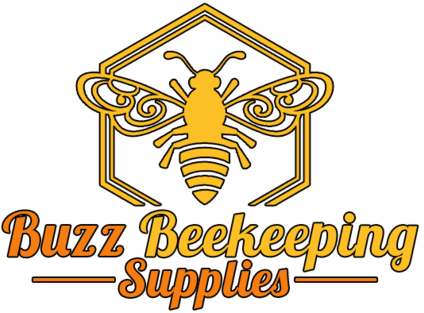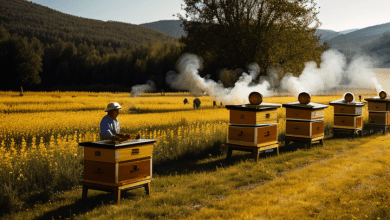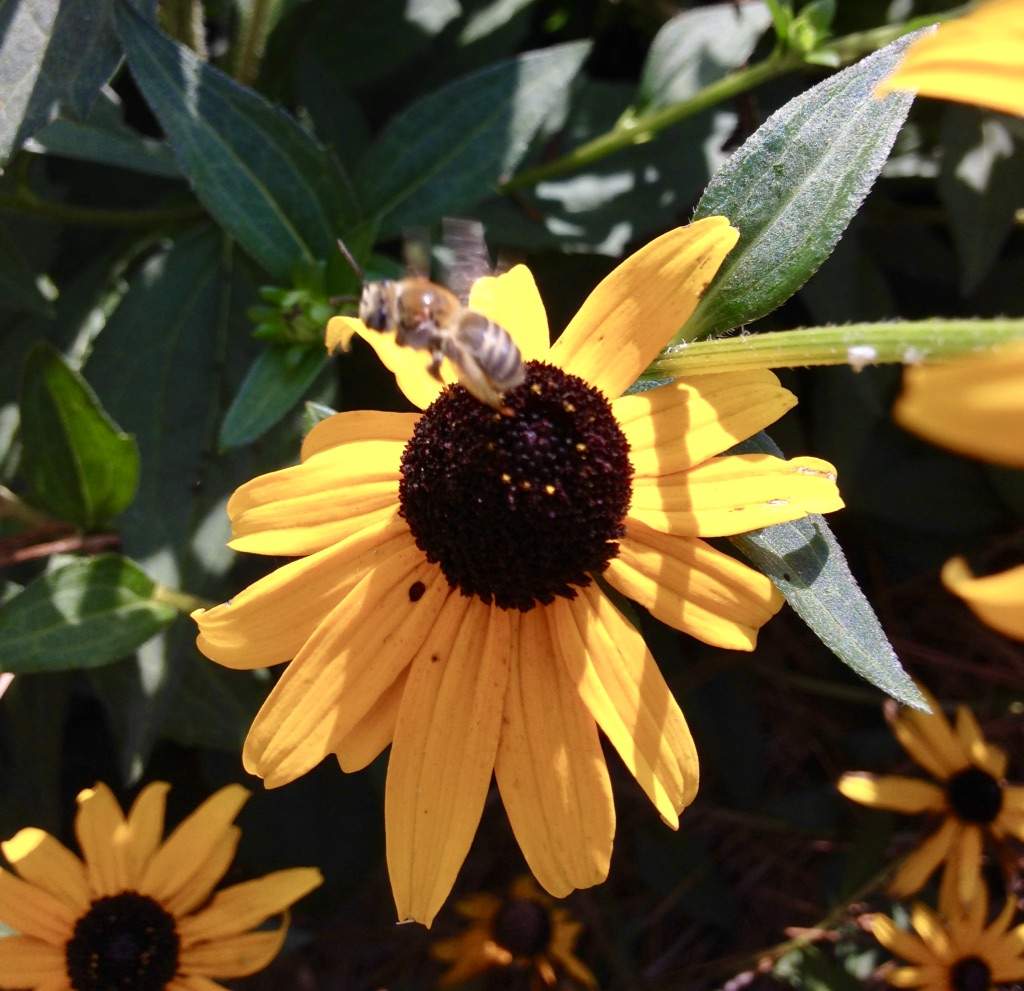Splitting a Hive
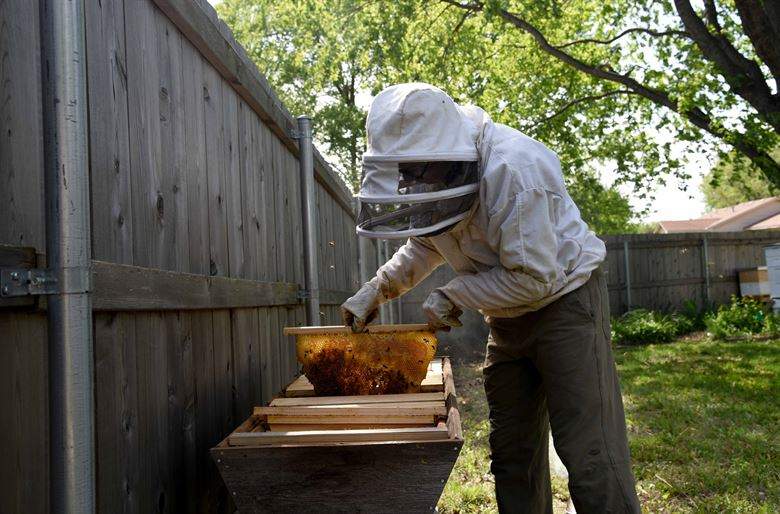
Splitting Your Beehive – Beekeepe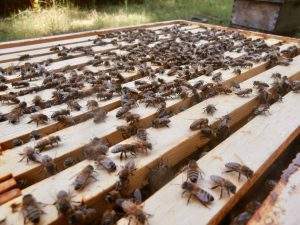 rs are responsible for a wide range of different duties and responsibilities. Many of which will need to be done with the utmost care and basic strategies.
rs are responsible for a wide range of different duties and responsibilities. Many of which will need to be done with the utmost care and basic strategies.
One of the more commonly known in this field is called splitting a beehive.
Splitting a beehive does not have to be complicated if the person knows what is involved.
So, for those of you who are interested in learning more about this topic, here’s some basic information that will guide you and others through this process.
What is Splitting Your Beehive?
Basically, in the simplest terms, splitting a beehive is dividing a colony that already exists in at least 2 different parts.
Also, because there are several methods that this splits can be performed, there are variations documented along with the multiple reasons why they are done.
Here’s a list of some of the most common reasons why these splits may be needed.
- Prevent Swarms
- Produce Nucs
- Create More Colonies
- Raise Queens
- Control Mites
The Basics of Splits
If a beekeeper wants to increase their chances of success in performing this job correctly, it is important that they follow the  guidelines closely.
guidelines closely.
So, here are a few of the guidelines that can make this job easier:
Brand new colonies that come from a package or a nuc are not equipped with the resources required for a good split. So, the beekeeper will need to utilize overwinter colonies instead.
A queen is also needed in this situation or the colony will need to have the capability of producing a queen. It is also important to note that the production of a queen requires lots of drones. In fact, the more drones available, it makes the chances of queen production much better.
Fresh eggs, plenty of nurse bees, pollen and honey, and newly hatched larvae are also a winning formula for producing a queen, specifically if the beekeeper is expecting to create a spilt.
Normal nest structures are also required to create a split.
This means the beekeeper will need to ensure the conditions are as follows: honey must be on both side of the pollen, the worker brood in the center, pollen on both sides of the nest and the drone brood on the outer edges of the worker brood.
A robbing screen or a reduced entrance is needed for protection since robbers can affect the split.
Splits Do Not Always Work
Even if all of the conditions are right for a good split, they do not always work. Therefore, the split may need to be monitored for a while to see how it progresses.
First, give it a few days to see if there are signs of a queen rearing within its structure. If not, more fresh eggs and newly hatched larvae is needed.
If this does not work, the next step in this process is to recombine the first potential split with another hive.
Creating a Split
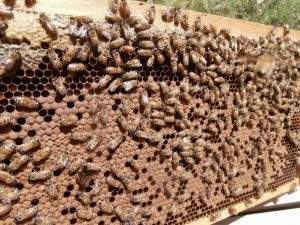 There are also simple ways to create a split. One of the most basic and easiest to do involves creating a doubled chambered hive.
There are also simple ways to create a split. One of the most basic and easiest to do involves creating a doubled chambered hive.
This method will allow the brood nest to span into 2 different brood boxes. Once this part of the split is complete, all the beekeeper has to do is take off the top box. This top box should then be placed on its own bottom board along with a adding a lid. When this is complete, the beekeeper can simply walk away.
However, even though the simplest methods may be easier, it does require a little extra attention for complete success with the split.
Specifically, if the beekeeper cannot identify the location of the queen bee.
To get around these issues, there are several things that the beekeeper can do.
Some of the more notable are as follows:
- Provide a liberal supply of newly hatched larvae and fresh eggs.
- Ensure both boxes contain a lot of nurse bees, honey and pollen
- Entrances should be reduced
Additional Considerations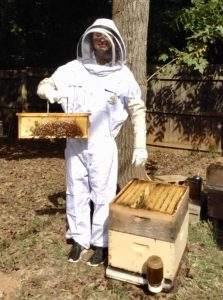
Regardless to the type of method used for the split, here are some additional considerations that should be reviewed.
Beekeeper should not focus their efforts on the number of foragers but on the number of nurse bees.
Because the foragers will automatically return to its original location, they are not the primary problem. Instead, the time and effort should be placed on monitoring the number of nurses since they are the key to the splits success.
The primary focus in a split is on raising the queen. So, the number of foragers created in a side-by-side split should not be a big issue.
So, the beeper does not have to freak out if they see nurses beginning to multiply as foragers.
Extra supplies are often needed when raising the fist batch of brood so it is important that an adequate amount of honey and pollen is available. Specifically, when there are foragers in the hive.
While the process of bee splits may appear to be complex, beekeepers do not have to fear being unsuccessful. Specifically, because the methods mentioned above work amazingly well.
1. Ventilated Suit – https://amzn.to/2D1hJBu
(NEW) Ventilated Jacket – https://amzn.to/2Av6piJ
2. Beekeeper YKK Suit Combo – https://amzn.to/2Xk3xLz
3. Beekeeper Journal – https://bit.ly/3xXxFl2
4. YKK Suit – https://amzn.to/2IDJALO
5. Beekeeper Jacket – https://amzn.to/2FirwTW
6. Beekeeping Gloves:
– Goatskin Beekeeping Gloves – https://amzn.to/2GYxBZW
– Cow Leather Beekeeping Gloves – https://amzn.to/2uiSExd
7. Queen Marking Kit – https://amzn.to/2Wm1kCw
– Queen Marking Pens – https://amzn.to/3c4vE8y
–Queen Marking Cage – https://amzn.to/2TDwwdQ
